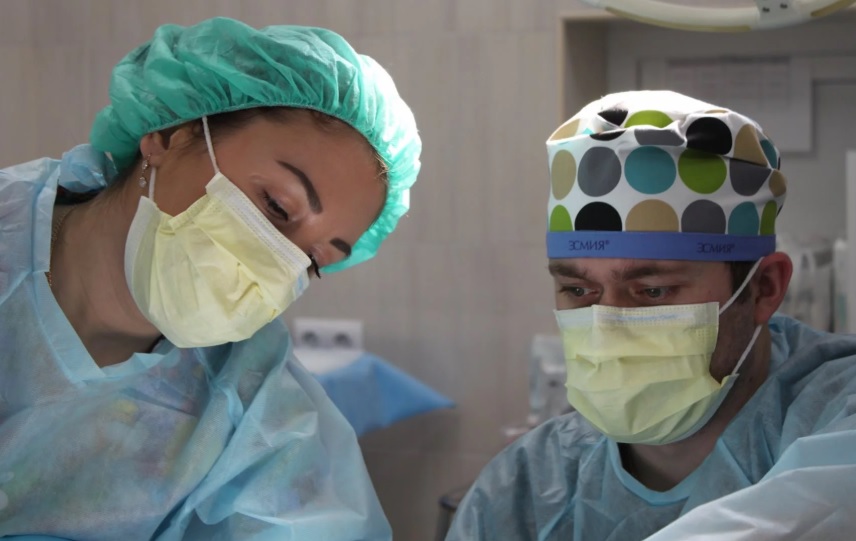
Modern medicine is already impossible to imagine without high technology. Using them, you can simulate the patient’s appearance after plastic surgery, cure cancer, and rid a person without limbs of phantom pain. The key – HIPAA compliant app development.
Health and beauty standards are changing in the era of rapid digitalization. In essence, there is a rapid restructuring of consumer behavior and an increasing demand for quality and exclusivity. Youth and health turn into authentic parameters that can be returned and maintained.
Now it is possible through high technology. The IBM Watson supercomputer, using deep machine learning and neural networks, is finding cancer treatments and exploring other potential medical uses for radiology. And, for example, digital models of human organs in virtual projection are now used to train surgeons. They completely transmit the real organ, which helps doctors hone new skills and minimize the likelihood of error.
VR and AR simulators and technologies for training doctors
According to the IndustryARC consulting company, by 2020, the global market for virtual and augmented reality technologies in healthcare should have reached $ 2.54 billion. The critical areas of VR and AR will be the training of doctors and patient rehabilitation.
An example of a virtual simulation of knee surgery by Ghost Productions using Wraith VR Surgical Simulator 360-degree shooting during the operation will not surprise students. But virtual reality glasses create a three-dimensional simulation with complete immersion in the process. Such technologies are applicable in almost any field of medicine. They are especially needed in surgery – tele-surgeons, plastic surgeons, microsurgeons.
Medical Simulation Corp. developed the Simantha complex specifically for cardiologists. A full-size mannequin allows you to enter a contrast medium into the “artery” and use various tools to conduct all kinds of manipulations with the “heart.” The monitors display a full-fledged simulation of the viscera of the organ. The complex captures telemetry and responds to the actions of the doctor.
3D modeling of appearance in aesthetic medicine
3D modeling helps to solve one of the most critical problems of plastic medicine – customer satisfaction with the results of the operation. According to statistics, after breast augmentation (mammoplasty), on average, in 20% of cases, clients were dissatisfied with the shape or size of the breast. And the point is not that the surgeon performed the task purely technically poorly, but that during the consultation, the patient’s wishes were interpreted by the doctor in his way. Often, girls come with a request to make a nose, like a famous model, or to enlarge a breast, “like a friend.” They miss the main thing – the proportions of the figures of another person are different. And the shape of the nose of the “star” does not always fit another girl.
In plastic surgery, it is vital to level the difference between expectation and reality, and this is not still possible. To do an operation in this case or not is a matter of professional ethics, which sooner or later, every plastic surgeon faces. Everyone answers it differently. 3D modeling removes this challenge.
How does it work? The doctor scans the patient using a special nozzle for the tablet and downloads the data in an online format into a unique simulation program. After that, the patient can observe the ongoing changes in his appearance – how the new nose or new breast will look, how the contour of the body or face will change. Due to virtual reality glasses, an original image can be tried on. The program works for almost any surgical procedure.
The technology is convenient and straightforward: thanks to the online format, there is no need to download, install, update, process information, and any system updates occur remotely. Statistics show that after consulting with the use of modeling technology, 79% of respondents agreed to the operation, 2% refused, and 19% remained in thought (mainly due to financial reasons).
Many women have been considering the possibility of plastic surgery for years. Still, they are continually putting it off for later because of fear of a recovery period or fear of disappointment as a result.
VR technologies inpatient rehabilitation
Virtual and augmented reality technologies have also found applications in the field of patient rehabilitation. The patient’s return to his usual lifestyle is the main task after surgery. It is especially acute for those people who have lost limbs, experience severe phantom pains, and are in a state of psychological crisis. It was almost impossible to get rid of phantom pains earlier.
It is becoming increasingly difficult to imagine medicine without technology, numbers, and robotics. Of course, it will take years to unequivocally answer the question of how the technique of conducting operations, procedures, and consulting has qualitatively changed with the advent of the latest technologies. Now is the period of implementation, research, and observation. Only one thing can be said for sure – progress is noticeable.

